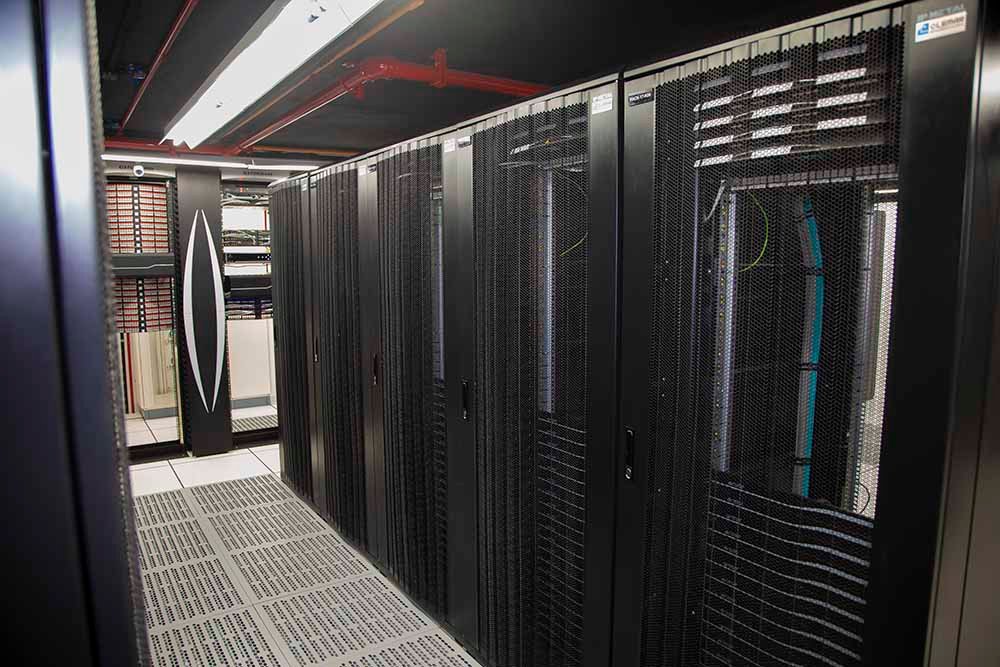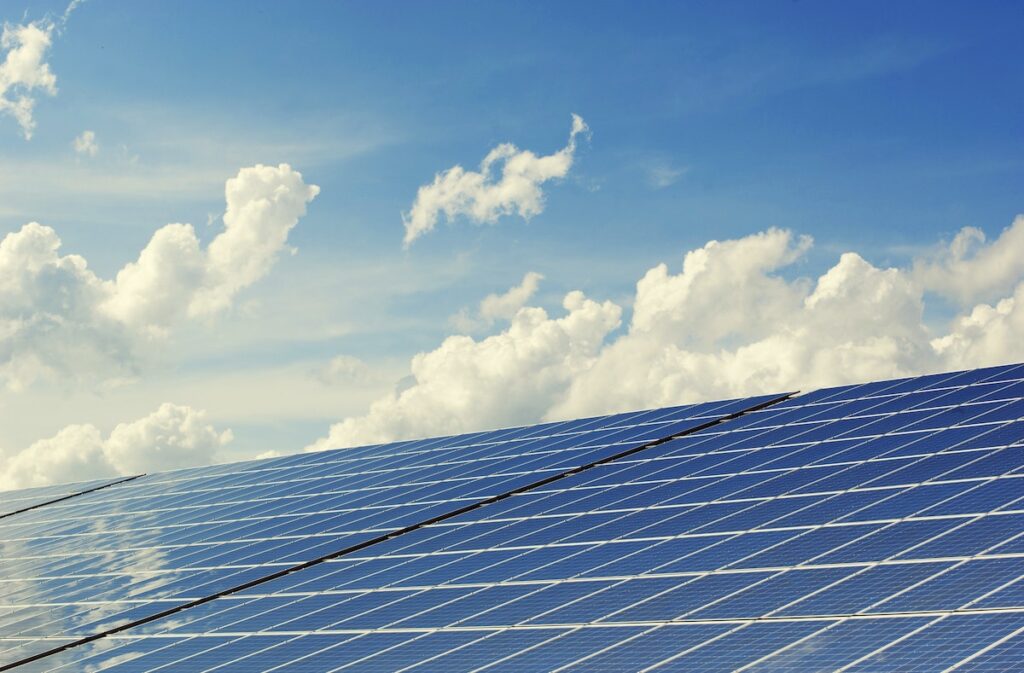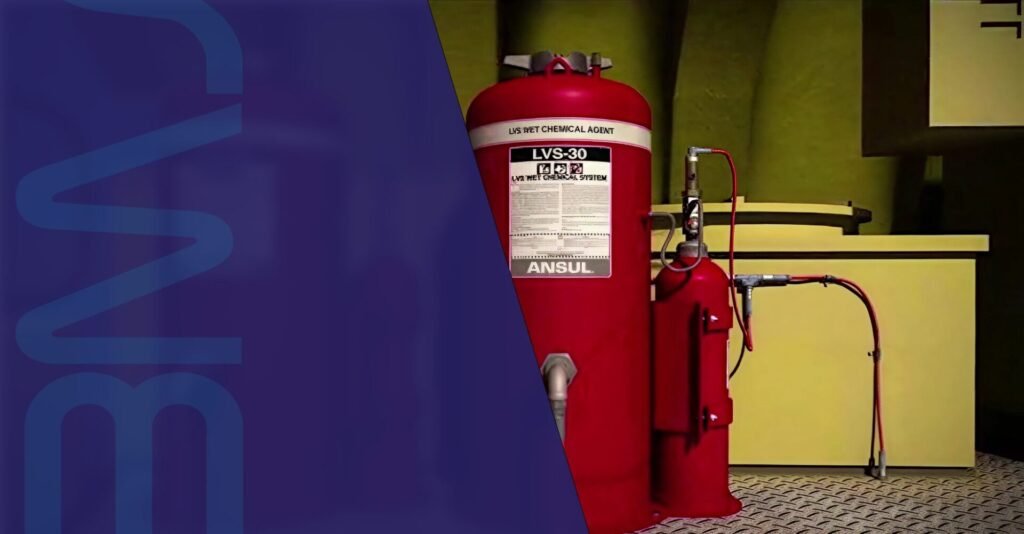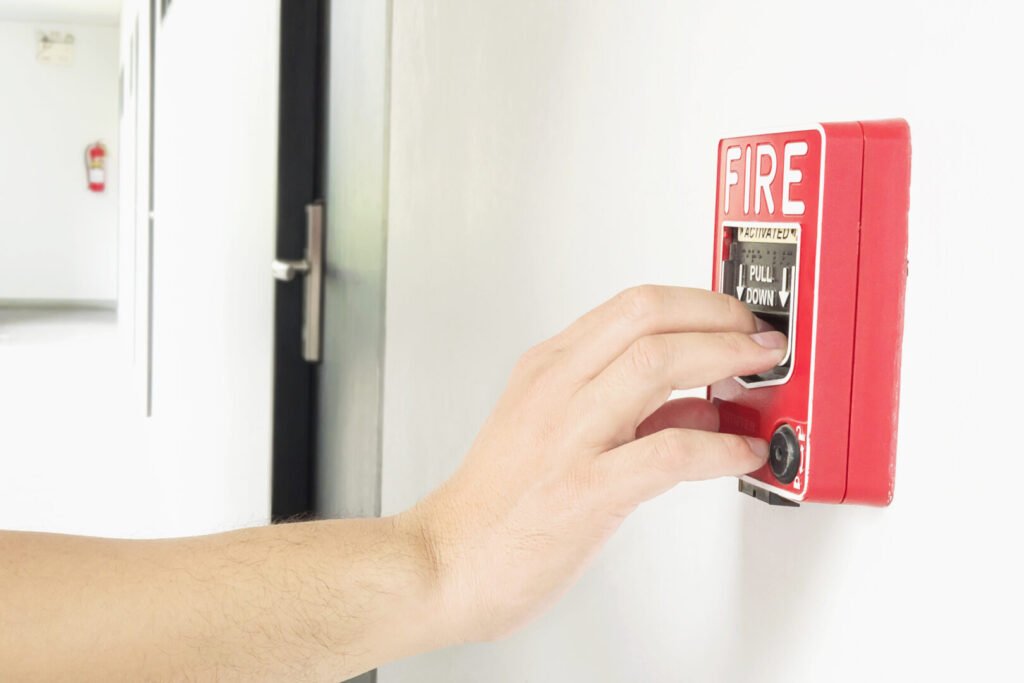
Smart cities, where people can thrive in an environment that reduces the local carbon footprint. Smart grid infrastructure provides many benefits for residents as well as some drawbacks.
Let’s look at smart grids, how they integrate with renewable energy, and how to solve the challenges presented by this technology.
Smart Grids: The Key to Reducing Carbon Emissions
What exactly is a smart grid? And how can it potentially reduce carbon emissions for an entire city? Like traditional power grids, smart grid technologies deliver power to a particular area. However, these systems are much more intelligent and efficient.
Smart grids utilize two-way communication, allowing for better automation and integration for energy providers with devices such as smart power meters. Power companies can provide faster and more complete service, such as detecting outages faster and maintaining repairs. Operations such as power performance and battery status are also more reliable when tracked via automation.
This two-way communication also benefits customers. Energy-efficient appliances and smart thermostat systems allow the user to set preferences, which helps consumers lower their utility costs and carbon footprint. It also allows renewable energy access to those who do not own homes.
Together these efficiencies can reduce carbon emissions on a larger scale, making them an indispensable infrastructure choice for smart cities. It paves the way for integration with renewable energy programs, making them more accessible and affordable.
Renewable Energy Sources: Pros and Cons
While more countries incentivize renewable energy, it is still far from where it could be. Today’s consumers still lack trust in renewable energy. As recently as 2018, solar and wind power comprised less than 4% of energy use in the U.S.
While education and marketing can help overcome this, consumer preference is not the only challenge. Here are some other pros and cons of renewable energy.
Pros
- Renewable energy is better for the environment and is limitless. However, unlike fossil fuels, renewables protect natural resources rather than deplete them.
- Renewable energy systems are often easier to maintain than fossil fuel systems.
- Power can be sent to remote locations more simply with renewable sources, avoiding costly fossil fuel transportation.
- The renewable energy industry is growing, providing job opportunities and boosting local and national economies. Governments are moving towards supporting this booming industry with both incentives and hiring or educational initiatives.
Cons
- Unfortunately, the rollout of renewable energy is still in its early stages. Installation and deployment can be expensive, whether it be new infrastructure for a city or individuals seeking to install solar panels in their homes.
- Many of the more popular renewable energy sources suffer from intermittent access to the energy source. For example, the wind must blow for wind turbines to collect energy.
- Implementing efficient energy storage solves this issue, but the technology is still developing.
- Renewable power plants, such as wind or solar farms, often require extensive fields. Some of those facilities can also take their toll on the environment.
Renewable Energy Innovations
Those challenges, however, can be overcome by the next generation of consumers who are hungry for solutions to climate change. Innovation in smaller energy initiatives for cities can inspire the future.
One example is Yabu City, Japan, where developers have turned organic waste into renewable energy. Once a year, the organic feedstock is converted into biogas that provides electricity. Additionally, heat and wastewater generated by this process is also recycled. It is an excellent example of how technology can recycle waste to form an energy-efficient power loop.
Another problem solved by renewable energy innovation is water scarcity, which will impact up to 14% of the global population in the next decade. Clean energy can provide clean water through desalination, or removing salt from seawater using solar power. This process of solar distillation is less toxic and dangerous than making water through chemistry, demonstrating that solar can solve more than one environmental problem.
In an ideal future, innovation will solve the challenge of smart cities with smart grids that enable carbon-friendly power distribution. However, smart grids also have their drawbacks.
Smart Grid Security Concerns
As a solution, smart grids present a security risk from botnet attacks, which is when a group of devices takes over accounts and systems using malware. It can impede speed and performance, block websites, install spam, and lead to other cybersecurity risks.
Most of these attacks aimed at consumers involve financial theft. However, smart grids are also vulnerable to takeover with malicious intent. Cybercriminals or unfriendly governments can use bot attacks to shut down power grids.
To combat this threat, infrastructure engineers must install rigorous security systems and keep firmware up-to-date to avoid exploitation by parties that wish to control the power grid. Automated systems can help ensure these systems are safe, secure, and state-of-the-art. Smart grids combined with renewable energy sources will power the urban center of tomorrow but there are still hurdles to overcome. Tackling these challenges requires innovation and a wise approach to security. As a new generation rises to take on these challenges, smart cities will one day reduce the world’s carbon footprint.


